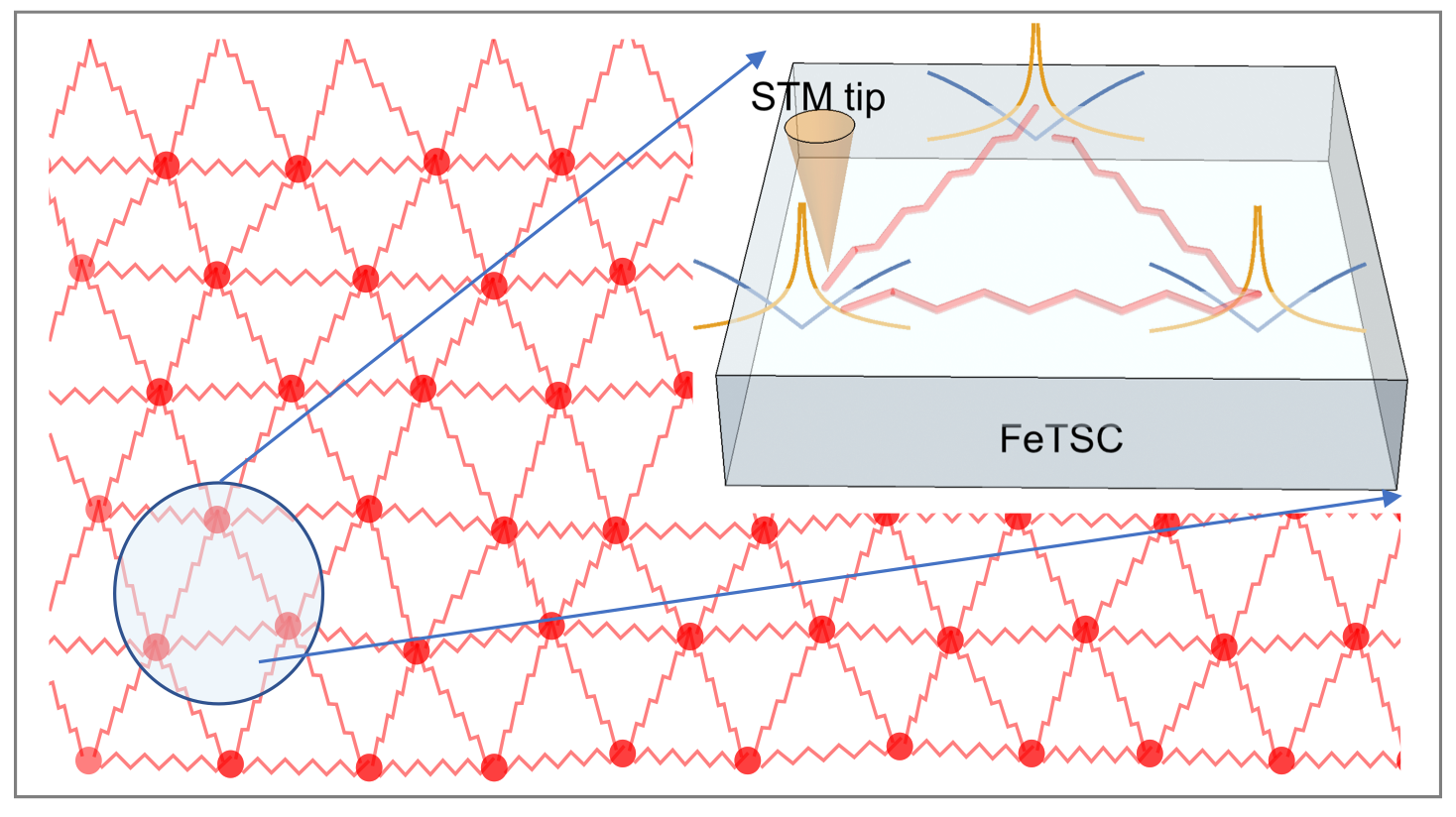Authors: Ching-Kai Chiu, T. Machida, Yingyi Huang, T. Hanaguri and Fu-Chun Zhang.

Scalability is one of the major problems to use Majorana modes for quantum computing. Supported by the simulation and the analyzed experimental data, our key finding is to show that FeTe0.55Se0.45 can possess scalable Majorana vortex modes. This finding paves the way for future topological quantum computing. Furthermore, in collaboration with theorists and experimentalists, we successfully use the Majorana physics with subtle factors to explain the long-standing experimental puzzle of this iron-based superconductor.
The observation of the zero-bias tunneling peaks is usually the first hint of Majorana modes for quantum computing. Recently, it has been observed by several STM groups that the fraction of the vortex cores possessing zero-bias peaks decreases with increasing magnetic field. The phenomenon cannot be explained by the simple Majorana nature and had puzzled the condensed matter community for a while and the underlying physics was not well understood. Here we distilled the Majorana physics from the iron-based superconductor and have developed a numerical program to simulate the physics of over a hundred Majorana modes in the iron-based superconductor platform without using tremendous computer resources. Our contributions are two-fold. First, before this work, simulating the physics with over a hundred Majorana modes is almost impossible for realistic systems due to the limited computing resources. We judiciously design our effective model to circumvent this problem. Therefore, this program development first brings the technical tool to understand the physics of multiple Majorana vortex modes. Second, our simulation of multiple Majorana modes is in good agreement with the decreasing zero-bias peak rate observed by several experimental groups. The decreasing fraction of vortices having ZBPs on the surface of FeTe0.55Se0.45 can be successfully explained by the hybridization of the Majorana vortex modes with the disordered distribution as shown in the figure. This explanation directly resolves the puzzle and supports that FeTe0.55Se0.45 can host scalable Majorana modes.
Article Link: Science Advances, 6(9), 0443.